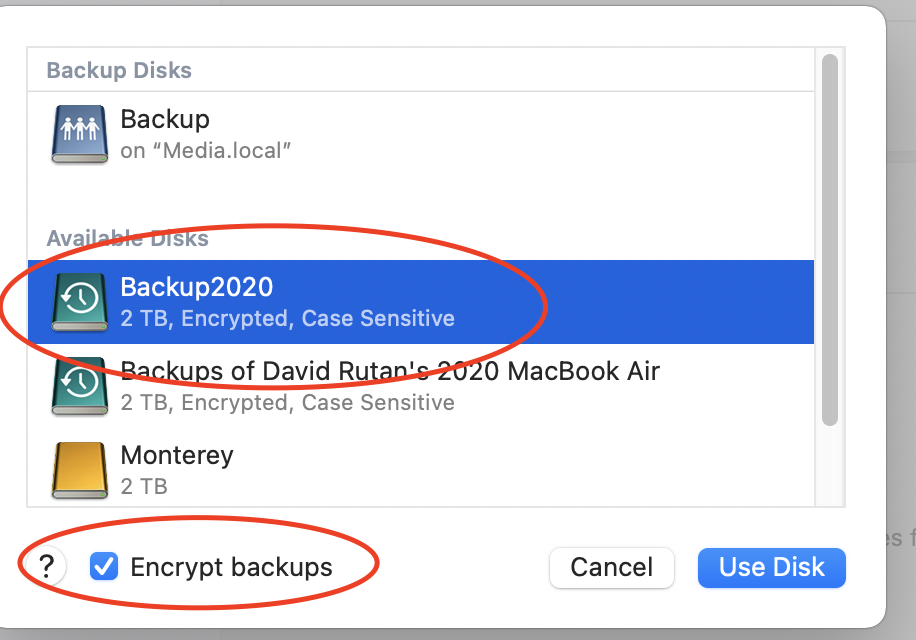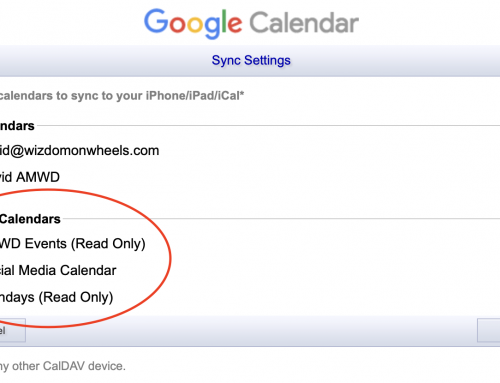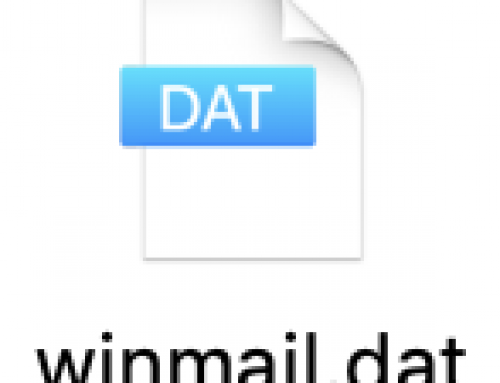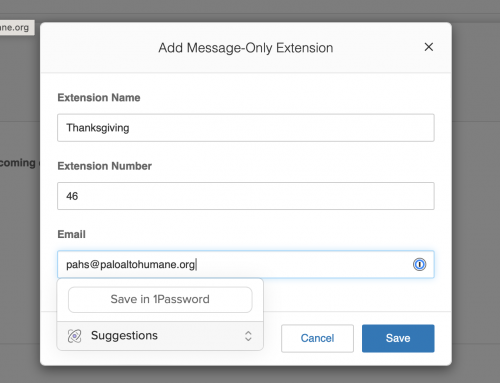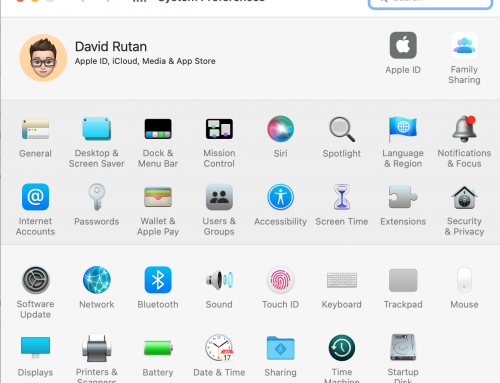Occasionally you may purchase a drive that comes pre-formatted for use on Windows and will need to erase it to use properly on the Mac. Follow these directions to get your drive formatted for the Mac.
If you already know how to use Disk Utility, the format information to choose is APFS or APFS (encrypted) and the scheme should be set to GUID Partition Map. Optionally for a traditional portable hard drive you can also select the format Mac OS Extended (Journaled).
Once you have connected the new drive to your computer, follow these steps below.
- Search your computer for Disk Utility — the easiest way is to click the magnifying glass (Spotlight) icon in the upper right of your computer and type Disk Utility. Once you’ve found it you can press the return key on your keyboard or double click on Disk Utility from the list of results.
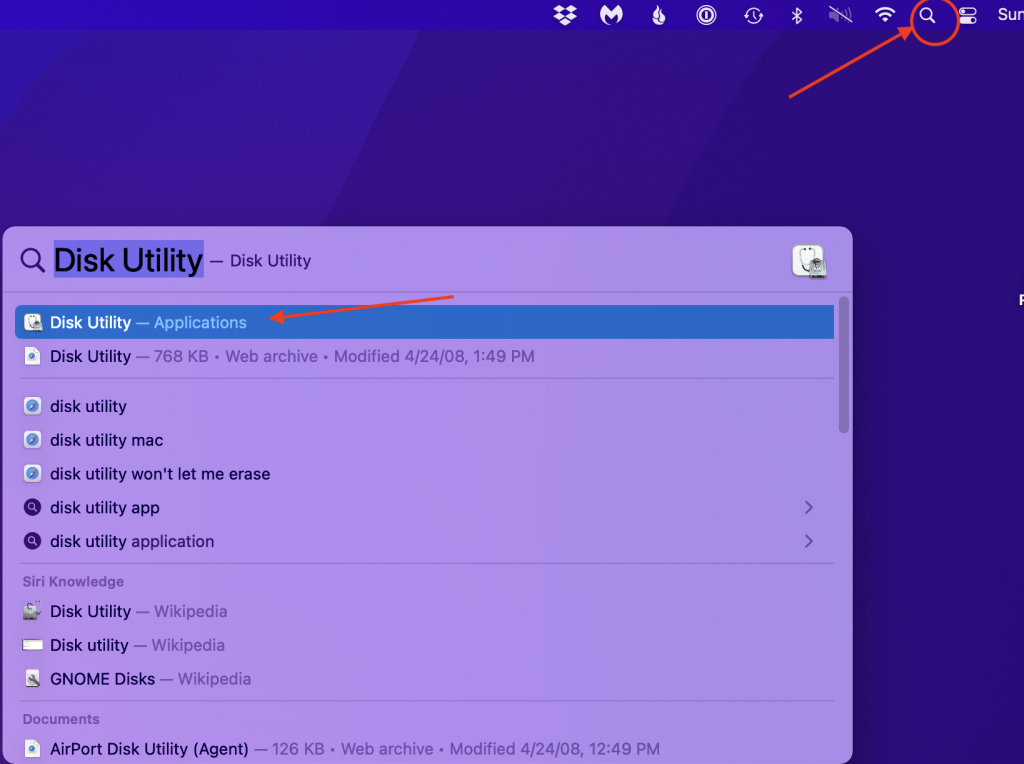
- 2. Click the View menu at the top of the screen and select “Show All Devices” or look in the screenshot below for this icon and click it, then select the same option.

- 3. Select the Drive you want to erase on the left side under the headline “External.” In the case of the Samsung T7 portable SSD drive you can choose the option that reads “Samsung PSSD T7 Media” at the top of the list of External.
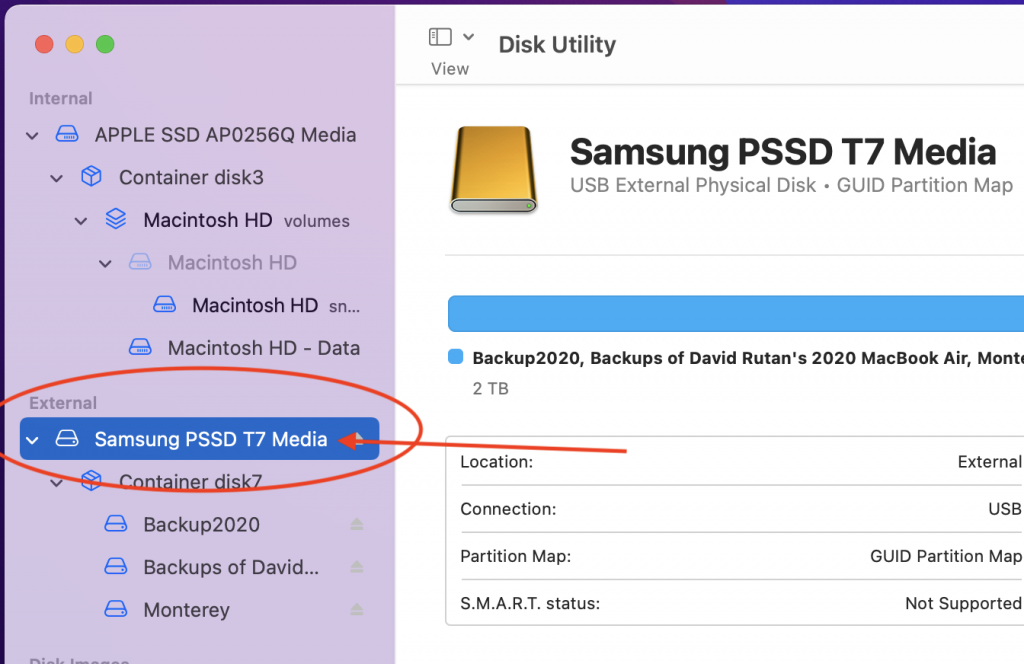
- 4. Click the Erase option near the upper right of the window, give the drive a name like “Backup” and then choose APFS as the format, and GUID Partition Map as the Scheme.
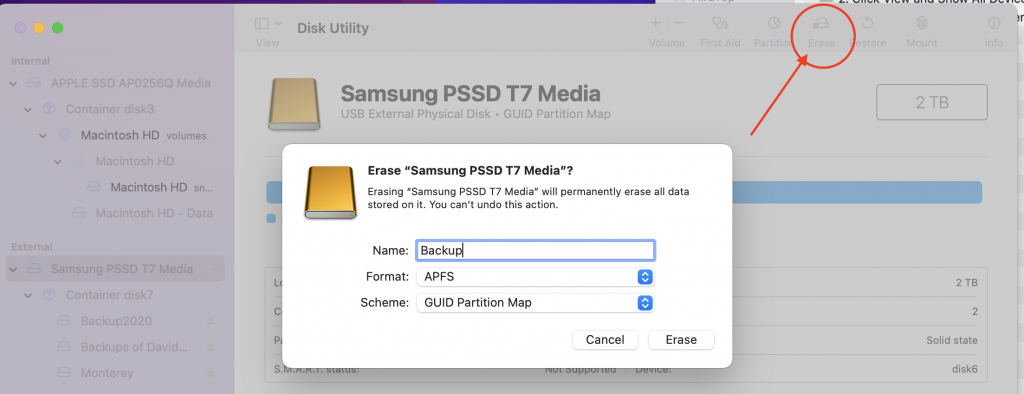
- 5. After the drive erases you can close the Disk Utility window. Next click the Apple Menu in the upper left and select “System Preferences”

- 6. Click Time Machine from the options — if you don’t see the option you can click the Back arrow in the upper left or the series of boxes in the upper left, then select Time Machine.
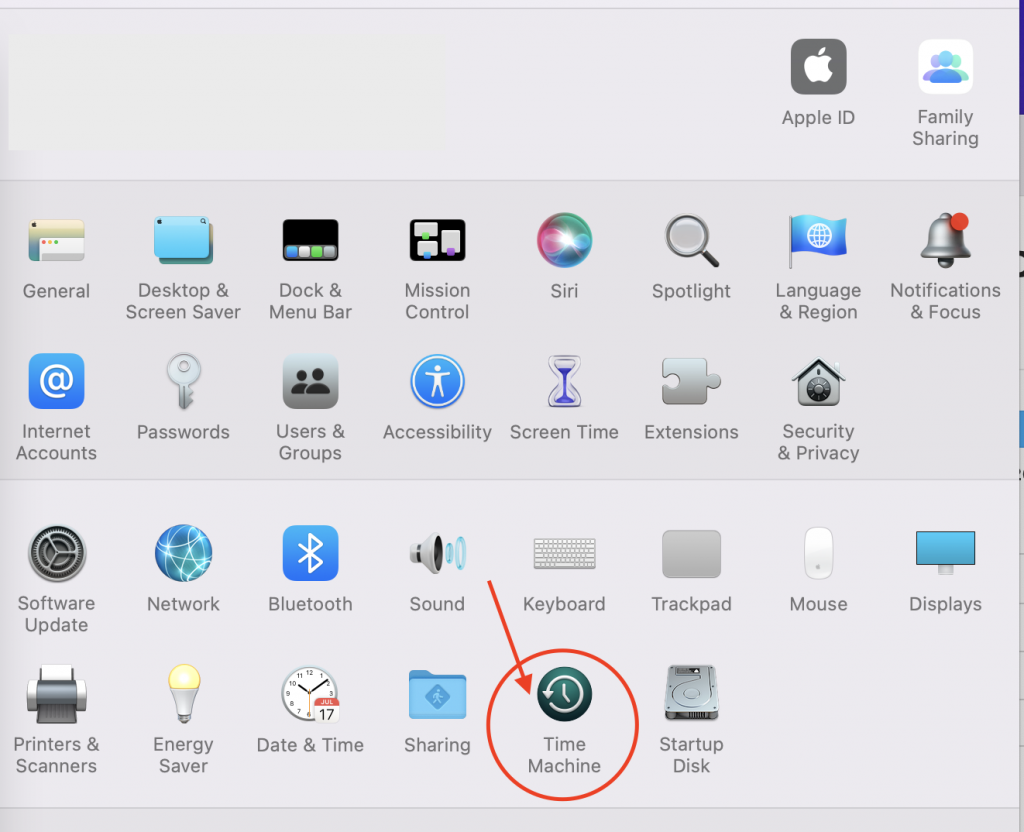
- 7. Choose “Select Disk”
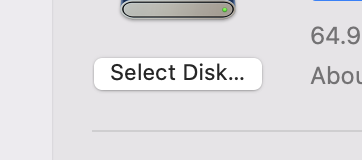
- 8. Select the drive you erased from the list of choices. It should be named whatever you named the drive in Step 4. Click “Use Disk” if you don’t plan to encrypt the drive, and if you do — click the “Encrypt” option in the lower left and enter a password of your choice when it asks. Encryption can help protect your information if the drive ever falls into malicious hands.
